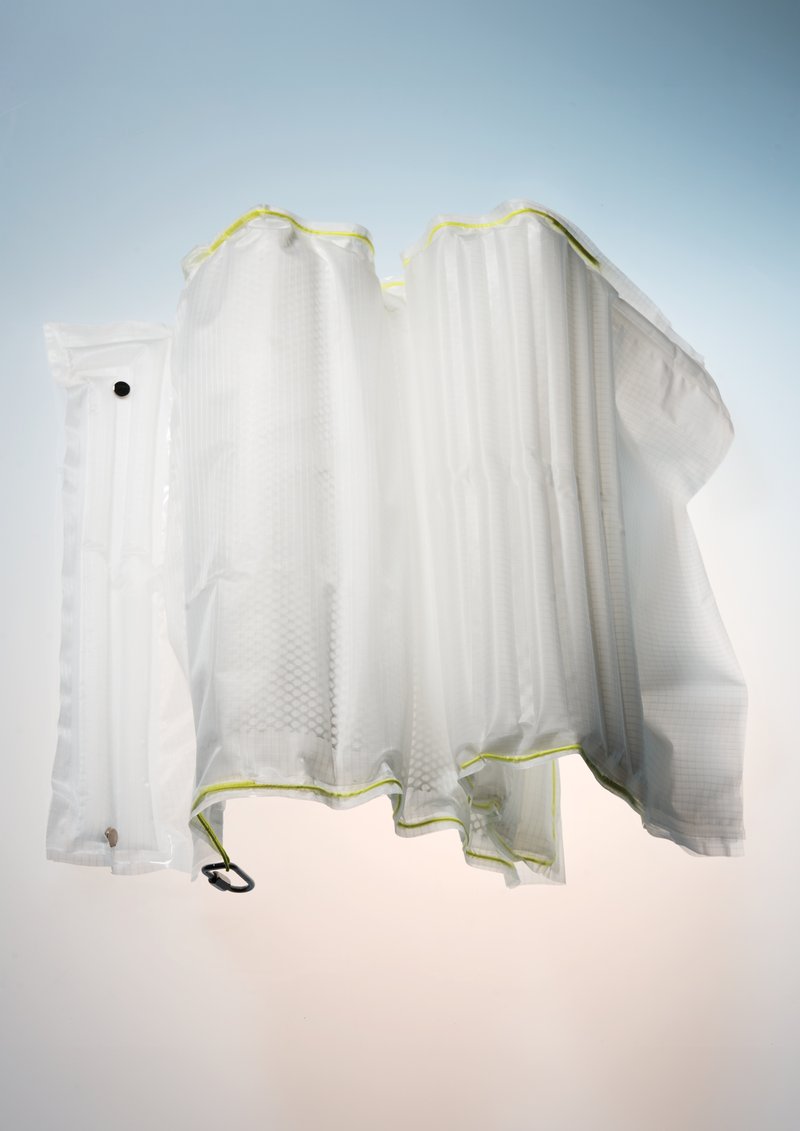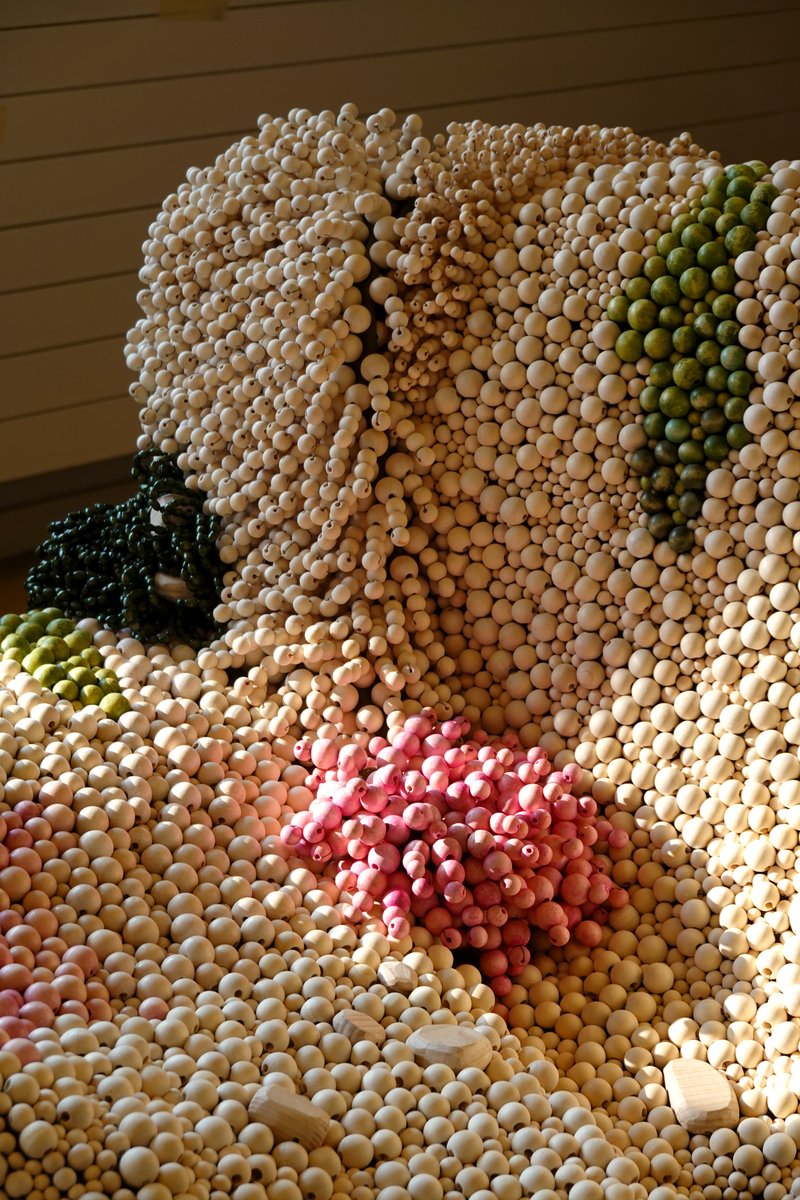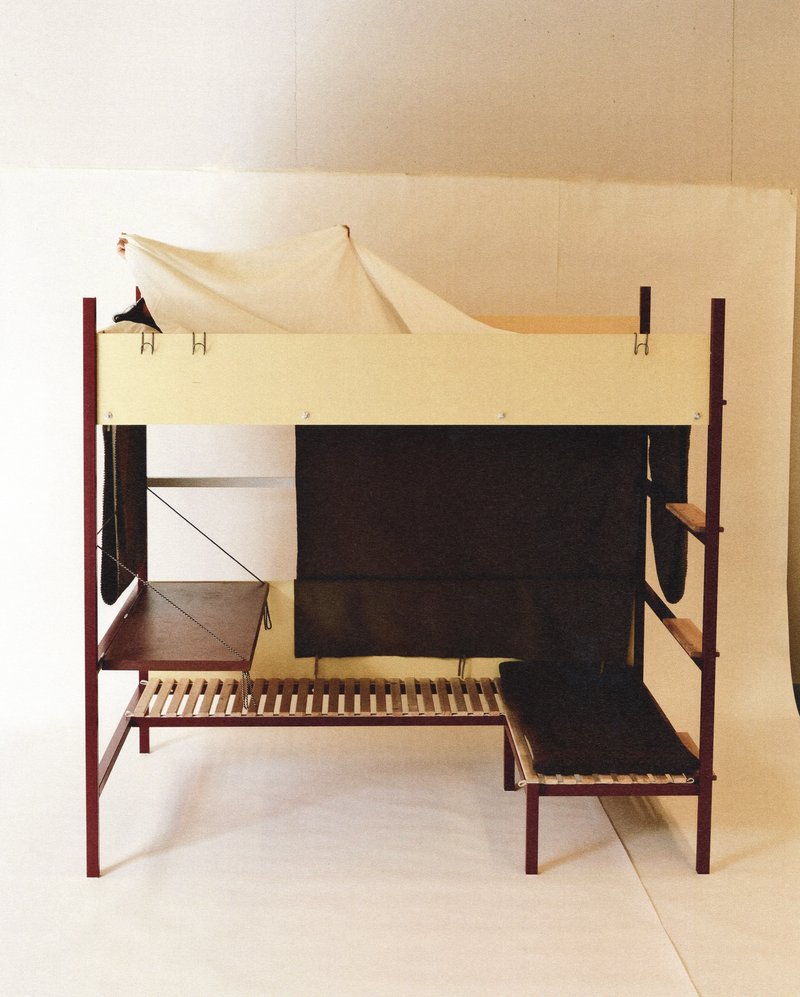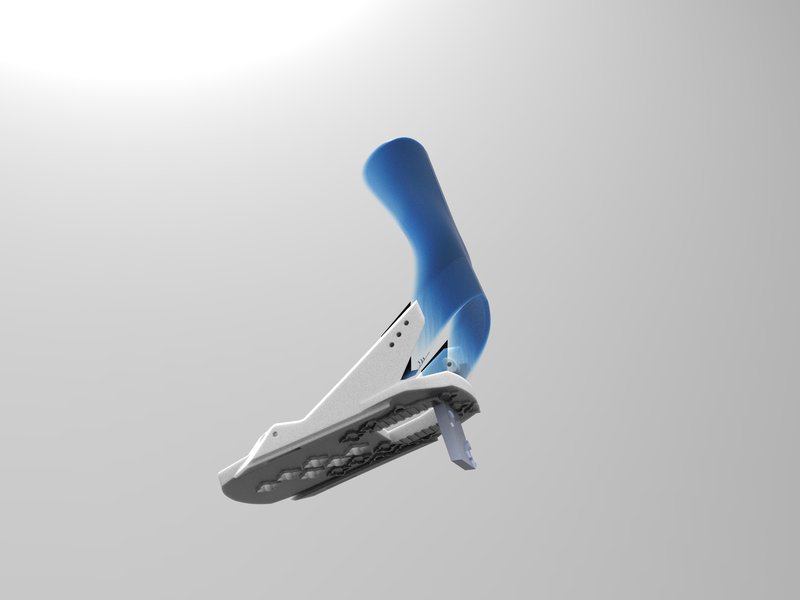Fogo Island Plastic Free Kites
Fogo, nicknamed ‘a rock in the ocean’ is a small island situated off Newfoundland, Canada.
As a part of a larger on-going semester project, 2nd Year Master Product Design students of ECAL, completed a short, fun, few day workshop, utilising one of the most abundant resources on the island - wind.
Working in collaboration with the ShoreFast Foundation - an organisation working in numerous avenues to create a sustainable economy on the island, students developed plastic free kites.
Fogo Island has the intention of becoming completely plastic free in the coming years and as their tourist numbers increase memorabilia of this special place are in higher demand. The developed kites are therefore to be made on the island and intended for the Fogo Island Workshop gift shop.
Using Birch Wood, Ripstop Organic Cotton and hemp fibre string the students created a range of designs, taking reference from the unique features of the island.
Workshop
(2022)
by
Marcus Angerer,
Jule Bols,
Fleur Federica Chiarito,
Matteo Dal Lago,
Sebastiano Gallizia,
Sophia Götz,
Maxine Granzin,
Lucas Hosteing,
Paula Mühlena,
Cedric Oder,
Oscar Rainbird-Chill,
Yohanna Rieckhoff,
Luis Rodriguez,
Donghwan Song,
Chiara Torterolo,
Luca Vernieri




















